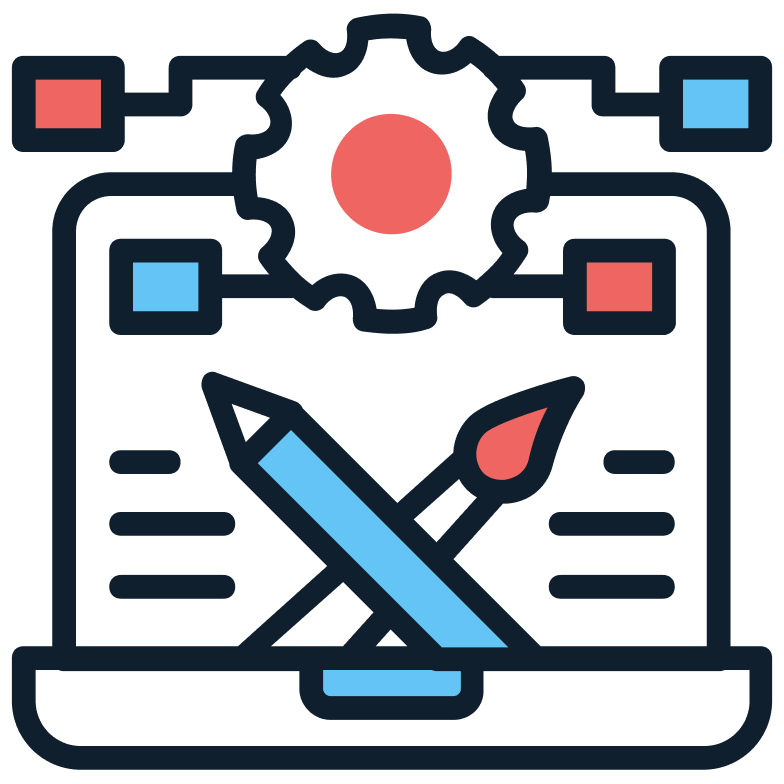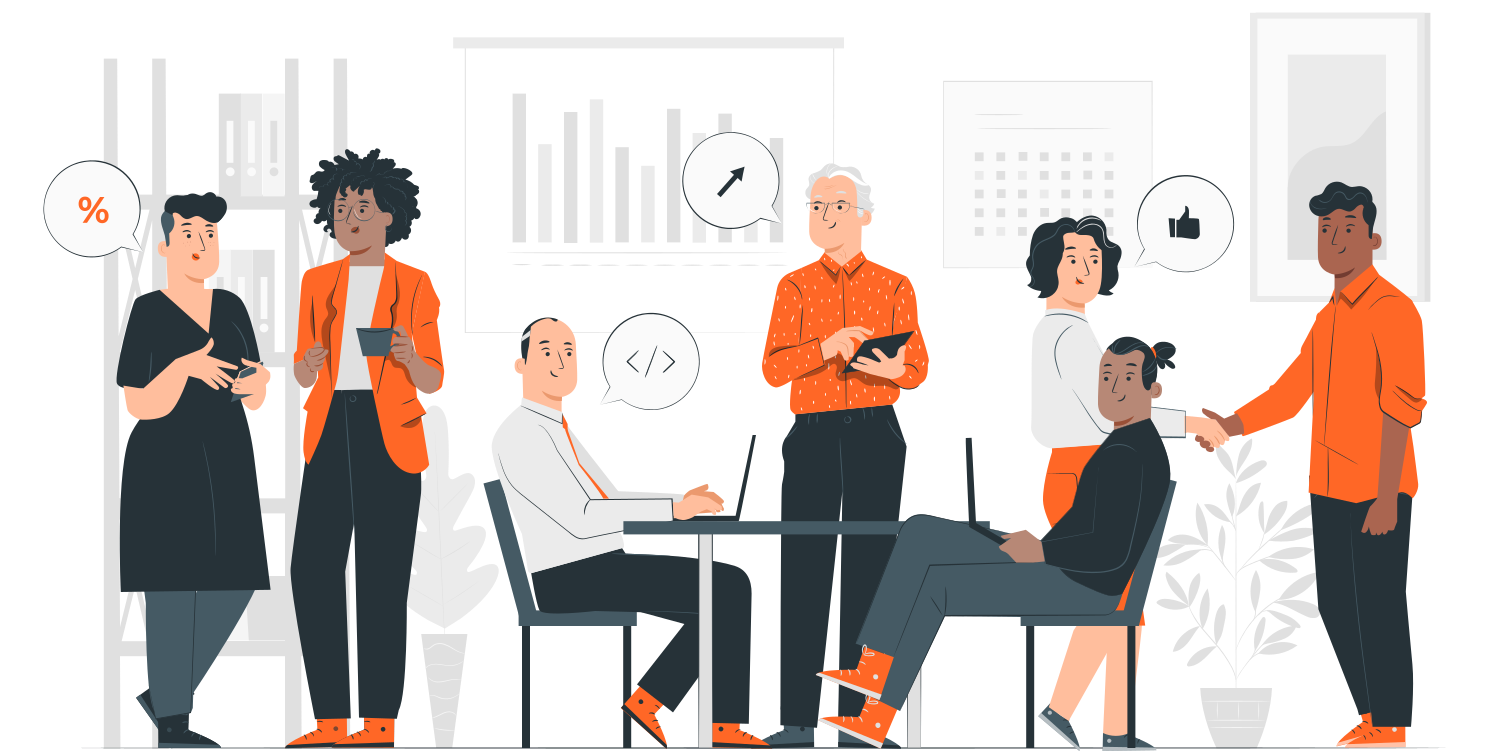 Loading Please Wait...
Loading Please Wait... Loading Please Wait...
Loading Please Wait...The design process typically follows a structured flow. It begins with requirement gathering, where designers understand the client’s goals and target audience. Then, research and planning help analyze trends and competitors to create a strong foundation. In the concept and wireframing phase, rough sketches or digital blueprints are created to define the layout and structure. The actual design and prototyping phase follows, where colors, typography, and interactive elements are crafted. After that, the review and feedback stage allows clients to suggest changes and refine the design. Once finalized, the finalization and delivery step ensures all assets are provided in the necessary formats. Lastly, post-launch support may be offered to make adjustments and updates as needed. This structured approach ensures that the final design is both aesthetically appealing and functionally effective.

Website design is the process of creating a visually appealing, user-friendly, and functional website that provides a great experience to visitors. It involves structuring the layout, choosing colors, fonts, and images, and ensuring smooth navigation. A well-designed website helps businesses attract visitors, engage users, and convert them into customers.
Website Design Flow
Mobile app design is the process of creating an attractive, user-friendly, and functional app interface that provides a smooth experience for users. It focuses on UI (User Interface) design to make the app visually appealing and UX (User Experience) design to ensure easy navigation and usability. A well-designed app helps businesses engage users, improve customer satisfaction, and increase retention.
Mobile App Design Flow
UX/UI design is the process of making digital products (websites, apps, or software) easy to use and visually appealing. UI (User Interface) Design focuses on how the product looks—colors, fonts, buttons, and layouts. UX (User Experience) Design ensures the product is easy to navigate and gives users a smooth, enjoyable experience.
Website Design Flow
Branding is the process of creating a unique identity for a business that makes it stand out and be memorable. It includes elements like logo, colors, fonts, messaging, and customer experience to build trust and recognition. A strong brand helps businesses attract customers, create loyalty, and differentiate themselves from competitors.
Branding Flow
